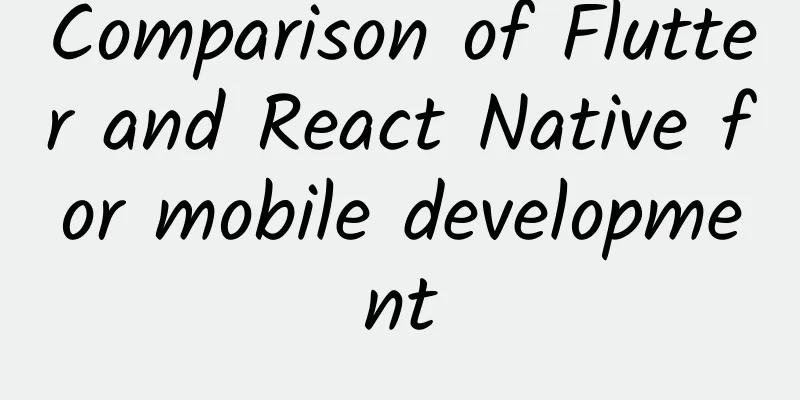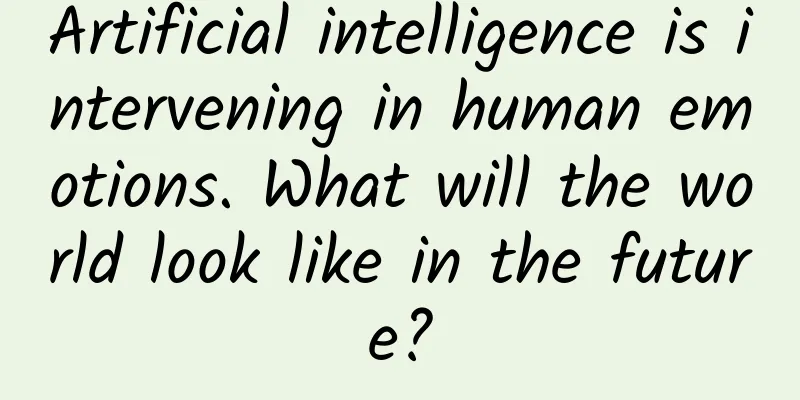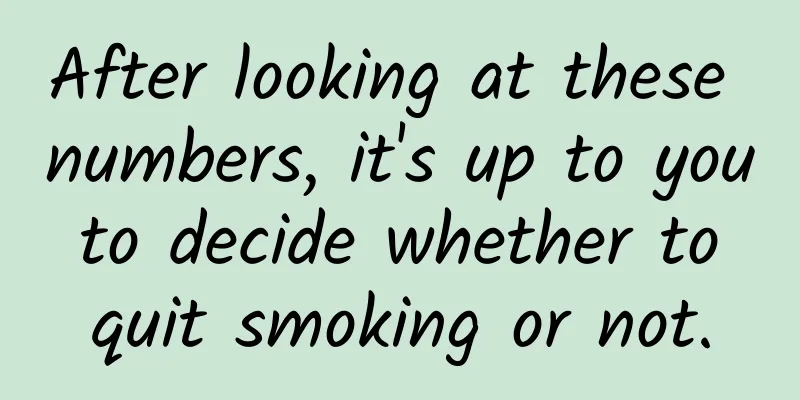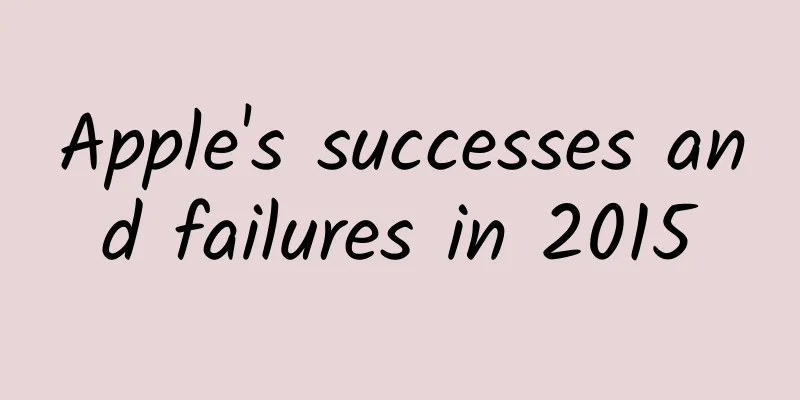There is a secret hidden in this position on the RMB, remember to touch it when putting the red envelope in!

|
Today is Chinese New Year's Eve. Are you ready to send out red envelopes? Before you put the money in the red envelopes, let's first learn a little secret about them. Now, please take out a RMB note and find where the Braille is. Let me take the 100-yuan note of the fifth edition in circulation as an example. On the 100-yuan note, you can find the Braille below the serial number. A sample of the 100-yuan RMB note, with Braille in the lower right corner. Image source: Wikipedia The three bulges in the lower right corner, the first one represents "1", and the next two represent "00", forming the number "100". In order to facilitate the use of blind people, Braille has been added to the design of banknotes since the fourth edition of RMB. The braille written on the money may be the most common braille that ordinary people are exposed to. However, most people do not understand what these dots and dashes mean. Today, let us take a moment to understand the origin and future of braille. Invention of Braille Today, some people call Braille Braille because it was invented by Frenchman Louis Braille . Braille was born in 1809 and became blind in an accident when he was young. At that time, many blind people could not support themselves and had to rely on others for support, or even became beggars. However, Braille's parents insisted that he study. He not only learned basic cultural knowledge, but also went to Paris and entered a blind school, which was still rare at the time, to learn to play musical instruments and became a musician. At that time, this was the best way out for the blind. Portrait of Braille, inventor of Braille, Image source: Wikipedia Although blind people can receive some training and master a skill, it is very difficult for them to learn more in-depth cultural knowledge. This is because blind people find it difficult to read and can only learn by word of mouth. Is it possible to learn a language that blind people can master? In the past, schools for the blind taught students a raised language, which uses metal wire to press out the shape of letters on paper and is read by touching with fingers. The shape of the letters is complex, and learning to touch this language is difficult in itself. Moreover, blind people cannot write this language themselves. Therefore, this raised language is very inefficient. By coincidence, in 1821, an officer named Barbier came to the blind school to promote the raised dot writing he invented. This writing uses twelve raised dots to represent syllables. The officer himself was not blind, and he invented this writing not for the blind, but for conveying orders in the army. Soldiers were trained to convey orders even in the dark night without lighting. Therefore, some people called this writing night writing, which means writing used at night. The officer thought that this writing could also help the blind. From top to bottom, they are raised touch letters, night letters, and Braille. Image source: Wikipedia As a teenager, Braille learned night writing and immediately realized that it could help the blind, but he also found that this writing was not simple enough. After careful thinking and experimentation, Braille invented a completely new type of Braille, which used three rows and two columns of six dots to form a "square" to express a character, which could be a letter, number or punctuation mark. Blind people can recognize it after practicing touch, and can also write Braille by punching holes in paper with an awl, or print Braille with a machine. This type of Braille is Braille. Braille himself was a musician, so in addition to writing text, he also invented a method of recording music scores in Braille. In 1824, Braille Braille was roughly completed, and Braille himself promoted this type of Braille for the rest of his life. French alphabet in Braille. Image source: Wikipedia Chinese Braille So, was Chinese Braille also invented by Braille? Of course not. Braille corresponds to French letters and cannot spell Chinese. In the 19th century, a group of missionaries came to China to open schools for the blind. They had already understood the advantages of Braille and worked closely with Chinese blind teachers to start compiling Braille suitable for Chinese blind people. French only needs letters and numbers to spell words, so it does not require many characters. There are thousands of commonly used Chinese characters. How to compile Braille? Some people may think, wouldn't it be enough to use Pinyin? However, that was the 19th century, and Pinyin did not exist today. The earliest set of Braille we know of came from the Qiming Blind (pronounced as gǔ) Institute founded by British missionary William Muir. This set of Braille summarized the syllables of the Beijing dialect at that time and sorted them using the Kangxi Dictionary. It contained a total of 408 syllables. Therefore, this set of Braille is called Kangxi Braille, also known as "408". To learn this set of Braille, you need to memorize 408 syllables. Later, some missionaries used initials, finals and tone symbols to compile Braille. In 1900, British female missionary Gurnan compiled a set of Braille based on Nanjing dialect, using this phonetic-like scheme, called Xinmu Keming, which means that the mind, like the eyes, can see the text and gain light. This set of Braille was widely circulated and was close to today's Braille. However, the Braille at that time was not unified. There were many Braille systems popular across the country, and they were compiled in different ways and based on different dialects. After the founding of New China, the government began to organize education for the blind and was finally able to compile a better Braille script for the blind in China. There are several favorable conditions for this. First, this set of Braille was organized by the central government, with the participation of blind education experts, and the power for compilation and promotion is strong enough. Second, there is a consensus on developing the national language based on the northern dialect and Beijing pronunciation as the standard, and Braille can be compiled according to the same standard. Third, Braille, represented by Xinmu Keming, has already considered a scheme similar to Chinese Pinyin, which can be used as a reference for promotion. In 1952, Huang Nai and others from the Department of Blind and Deaf Education of the Ministry of Education referred to the method of Xinmu Keming and compiled the "New Braille Scheme" based on Beijing pronunciation. It was approved by the state in 1953. This Braille scheme became the standard for education in blind schools and Braille publications. After decades, only a few revisions have been made. People call it "current Braille". In 1988, linguists compiled another "Chinese Double Pinyin Braille Scheme", but the current Braille is still the most popular Braille in China. An example of current Braille: Braille introduction to Xujiahui Park in Shanghai, Image source: Wikipedia The current Braille uses one side to represent the initial consonant, one side to represent the final vowel, and one side to represent the tone. For ease of use, the tone can be omitted unless it encounters a word that is easily confused. At the same time, Braille symbols for Chinese punctuation marks have been formulated, and the digital representation method has been directly borrowed from Braille, forming a set of simple, easy-to-learn and easy-to-print Braille. It is not difficult to learn the Braille scheme. You can find the scheme documents on the website of the Ministry of Education of China. The whole set of schemes is only a dozen pages in total. Braille is simple and easy to learn. It should be noted that the current Braille appeared earlier than the Chinese Pinyin standard, so some spelling methods are inconsistent with Chinese Pinyin. How to express finals in current Braille? Image source: Chinese Braille Standard of the People's Republic of China GB/T 15720-1995 The current Braille is a writing system that can spell Mandarin Chinese. This is different from sign language, which is a language with its own grammar, vocabulary and other systems. But Braille is a writing system that can spell the spoken language of the blind. Braille spells French, and in China, the current Braille spells Mandarin. More than Braille Having Braille is not enough. To use Braille, it must be put to the right place. Over the past few decades, Braille Publishing House has published a large number of Braille books to help the blind learn cultural knowledge. When designing the fourth edition of the RMB, a designer found that some scammers cut paper into the size of RMB to deceive the blind, so he proposed to add Braille to the RMB. This proposal was approved by the People's Bank of China, and Braille appeared on the fourth set of RMB. In recent years, as people's understanding of "barrier-free" has deepened, Braille has begun to be seen in many places. For example, metal Braille has been installed on subway handrails and bus stop signs. The Beijing Metro Braille Route Card was customized by the Beijing Disabled Persons’ Federation and produced by the National Universal Braille Research and Promotion Center and the China Braille Publishing House. However, these Braille applications alone cannot meet the needs of the blind. Today, a vast amount of knowledge comes from the Internet, which requires mobile phones and computers to use. How can we enable the blind to use mobile phones and computers? Engineers and designers have come up with a variety of solutions. For example, a braille display can be connected to a computer to automatically convert text into braille dots. Today's computers and smartphones all have accessibility features, which can read screen information when turned on. This is different from the commonly used text-to-speech function, which can also read out information such as buttons on the screen to facilitate blind people's use. In addition, some smartphones also have recognition functions. You only need to point the camera at an object or text to let the phone speak the name of the object or read the text. People have also invented Braille input method based on Braille. Blind people can use three fingers on each hand to quickly input Braille characters and let the phone convert them into letters. Image: A braille display that can be connected to a computer. Image source: Wikipedia Accessibility features on smartphones that allow the phone to automatically read out information on the screen Today, we still urgently need Braille signs on barrier-free facilities, truly convenient and usable blind paths, and other facilities. In addition, we also need engineers who develop mobile apps and websites to consider barrier-free functions when designing, and add labels to read the screen. This change is actually invisible to people with normal vision, but it can really help blind people enjoy digital life. Looking back at the history of Braille, you will find that in order to help the blind, the spirit of invention and creation and the heart of public welfare are both indispensable. By understanding the history and application of Braille, we can see that Braille is not only a writing system, but also an important tool to help the blind integrate into society and acquire knowledge. From traditional Braille books to modern barrier-free technologies, the application scope of Braille is constantly expanding. In the future, with the further development of technology, we expect more innovations to help blind people better enjoy digital life. References [1] Current Braille Knowledge, China Blind Association [2] Chinese Braille Standard of the People’s Republic of China GB/T 15720-1995 [3] A subway map you can “touch”! Beijing Metro now has Braille route cards https://beijing.qianlong.com/2022/0310/6958926.shtml Planning and production Author: Chen Chao, Master of Cognitive Neuroscience, Beijing Normal University Reviewer: Tao Ning, Associate Researcher, Institute of Biophysics, Chinese Academy of Sciences Planning丨Fu Sijia Editor: Fu Sijia Proofread by Xu Lai and Lin Lin The cover image and the images in this article are from the copyright library Reprinting may lead to copyright disputes |
<<: "Mysterious Eastern Power" Impacts US Stocks! What is DeepSeek that everyone is talking about?
Recommend
Remote control saves the world "Dragon Slayer Legend" TV version review
Screen: Sound Effects: operate: Plot: Experience:...
Why do train attendants take away sleeper tickets? It turns out that...
Have you ever had such an experience? After getti...
How much does it cost to be an agent for a mobile app in Nagqu?
How much does it cost to be a mobile app agent in...
Exploring the Earth's Deep Interior and Understanding China's Underground
"Going up to the sky, going down to the eart...
Tips for flooding the screen with Wechat Loan’s new customer acquisition activities!
I’m sure you were all flooded with messages about...
Chevrolet electric cars with long range and low price debut at Los Angeles Auto Show
At this year's Los Angeles Auto Show, many ma...
Holding back anger can really cause internal damage! Psychologists analyze the whole process of harming your body
How harmful can anger be to your health? A study ...
The top scorers of the 2020 Lianjiang College Entrance Examination in liberal arts and science are announced: Lin Mengqing and Zhuang Yifei
The top scorers of the 2020 Lianjiang College Ent...
Convenience stores are not a panacea for community O2O
Once upon a time, I was superstitious about conve...
Tech Neo Technology Salon 15th Special Report - How CDN Makes the Network Smarter
【51CTO.com original article】 [51CTO original arti...
Google to release Android M system at the end of the month
[[133575]] On May 7, Google (Weibo) will hold its...
This delicious food that southerners love so much, I bet northerners have not only never eaten it, but have never even seen it!
It is not easy to pronounce the names of radish (...
How to make an APP popular without many operational resources? APP promotion method
1. It is very important to learn to let others ga...
Xueersi Online School’s system of mentoring new students
Xueersi Online School is an online education bran...









